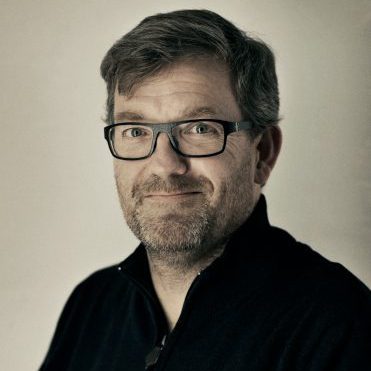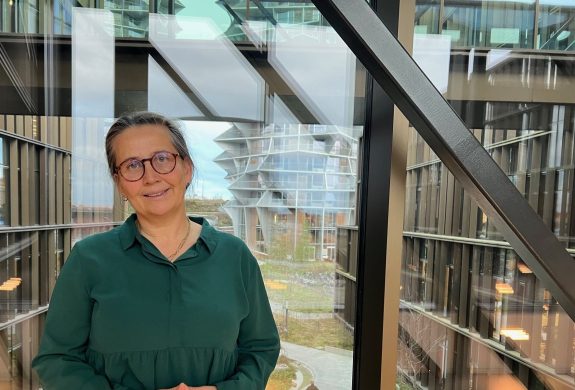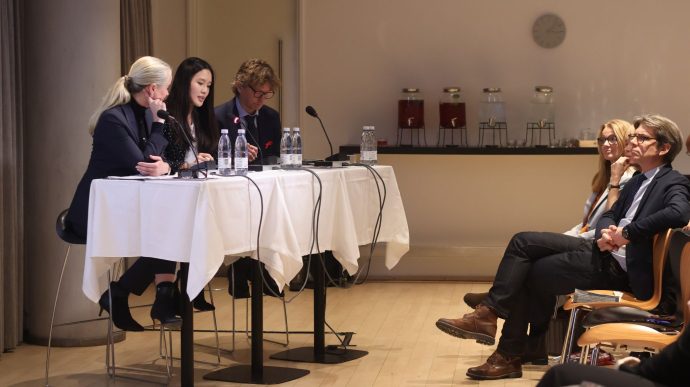Af Katia Moskvitch
Laboratorier på universiteter og hospitaler i u-lande har ofte ikke råd til at anskaffe sig det nødvendige udstyr. Men med fremkomsten af billige 3-D printere kan de forholdsvist billigt selv fremstille meget af det de mangler.
Working replicas of expensive scientific equipment could be made for a fraction of conventional cost using cheap 3-D printers, possibly saving developing world labs thousands of dollars each time, says a researcher whose book on the subject was published this year.
This and similar advances mean the age of appropriate technology — affordable, sustainable solutions designed and built to meet local needs — may be here, argues Joshua Pearce, a materials science and engineering professor at Michigan Technological University, United States, in an article in last month’s Physics World magazine.
50 dollars i stedet for 2000 dollars
“For example, my lab developed an open-source 3-D printable colorimeter for water testing, which costs US$50 (ca. 270 DKK) instead of US$2,000 (ca. 11.000 DKK),” says Pearce, whose book is called Open source lab: How to build your own hardware and reduce research costs.
The cheaper version worked as well as the US$2,000 one, says Pearce.
“Let us say it cost us US$3,000 (ca. 16.000 DKK) to develop [the instructions for a cheaper device] the first time, primarily for the labour costs, and Brazil does something similar for another water testing tool that they currently buy 10,000 units a year from Germany,” he says. “They pay US$3,050 for the first one — that’s an investment — but only $50 for each additional one, saving themselves over US$19 million (ca. 103 mio. DKK) in the first year.”
Firmaer må sænke profitten eller være mere nyskabende
Pearce says that with the advent of 3-D printers companies relying on extracting monopoly prices on products for which there is already an equivalent open-source alternative must now either reduce their margins or continue to innovate to remain economically viable.
“If you print out — instead of buying — a single magnetic tube rack and buy the magnets yourself, you can easily justify the cost of a RepRap [self-replicating] 3-D printer to do it,” says Pearce. RepRaps cost about US$1,000 (ca. 5.400 DKK) assembled and can be put together from parts costing under US$500 (ca. 2.700 DKK).
The idea of appropriate technology to deal with poverty was used as early as the 1970s by the WHO, when villagers were encouraged to make water pumps and farming tools. But 3-D printing has given the concept a boost, says Pearce.
The WHO’s efforts worked well, he says, but only took in one village at a time. “There was incredibly wasteful duplication of effort to solve nearly identical problems all throughout the world,” says Pearce.
Internettet gør det nemmere at arbejde sammen
Now, with affordable 3-D printers on sale, widespread internet access and the open-source movement gaining followers, more people can use, study, copy, and change a design for free — and share the improvements online, Pearce says.
He cites a range of initiatives that are making appropriate technology a more-realistic prospect.
The Wikipedia-like website Appropedia lets users develop collaborative solutions in sustainability and international development.
There are other initiatives that develop or make use of free online instructions to build research equipment, for example the Tekla Labs online community or a cheap microscope created as part of the OpenLabTools initiative.
Sites such as Thingiverse host 3-D printable designs for everyone to use. And open-source programs, for example OpenSCAD, allow users to modify existing designs of 3-D-printable lab equipment to meet their needs.
Forskere i u-lande mangler udstyr
Talented scientists in many developing countries lack the research instruments they need, says Carlo Iorio, deputy chairman of the European Physical Society’s Physics for Development group.
Many poorer nations may be “full of good theoreticians, but because of the lack of instruments, applied sciences that are the core of the wealth in the [developed world] are greatly neglected there”, he says.
The Physics for Development movement, spearheaded by the European Physical Society, is trying to change that by getting people to develop high-quality technology from local or recycled materials.
Pearce says the movement may encourage developing nations to introduce policies to support the funding of open-source scientific equipment and further bring down its cost.
Teknologisk retfærdighed
Practical Answers, a knowledge-sharing service run by charity Practical Action, has a large open-source database of appropriate technologies. Rob Cartridge, who oversees the service, says the open-source concept is crucial for delivering technology justice, as it gives people a right to decide, choose and use technologies that assist them in leading the kind of life they value in a sustainable way.
“Whether you are talking about a water pump in Zimbabwe or a gyroscope designed to monitor earthquakes and landslides in Peru, it is critical that technologies are not hidden behind intellectual property rights or subscriptions that make them inaccessible to the poorest communities,” he says.
Læs mere om bogen Open source lab: How to build your own hardware and reduce research costs.
Læs mere om appropriate technology på Wikipedia (engelsk): https://en.wikipedia.org/wiki/Appropriate_technology
Artiklen har tidligere været bragt på SciDev.Net (CC BY 3.0 US)















